Wild Me - Wildlife Conservation AI
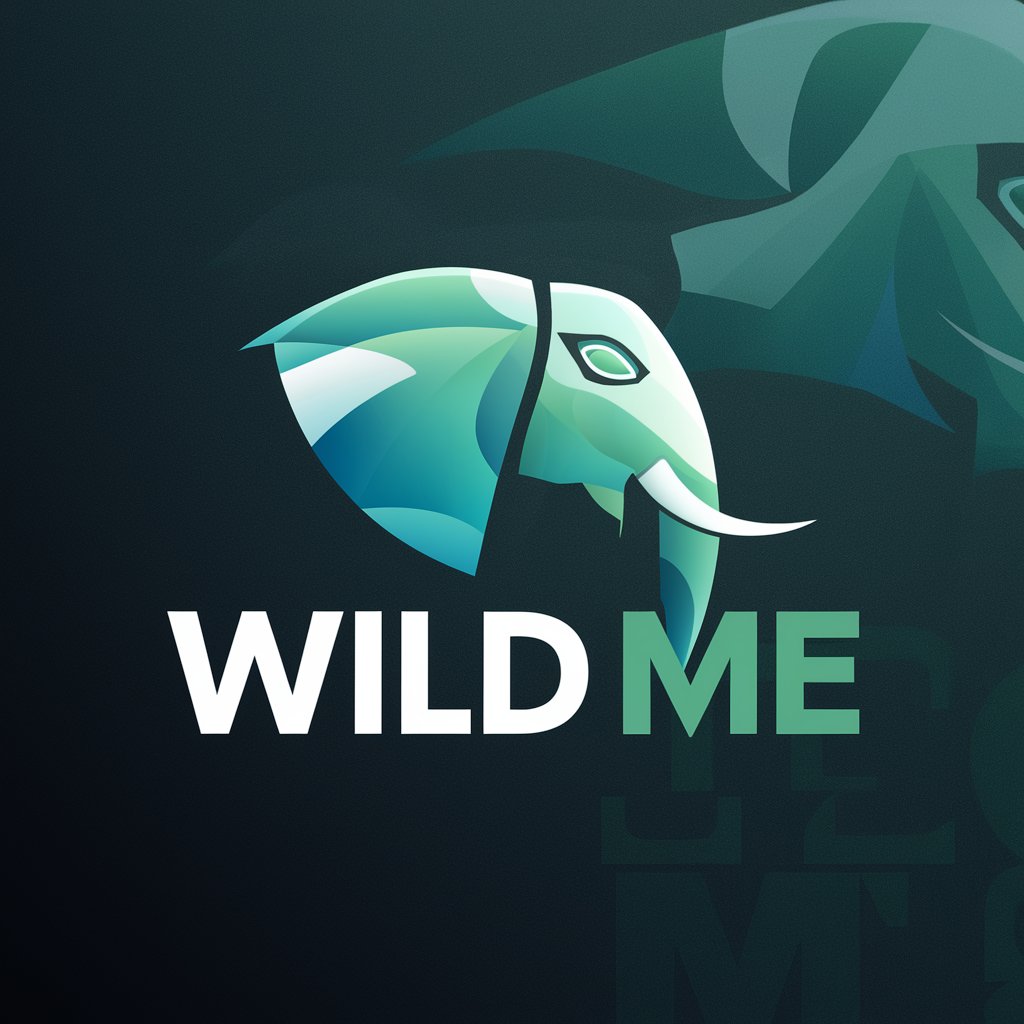
Welcome to Wild Me, your hub for AI-driven wildlife conservation insights.
Empowering Conservation with AI
Explore the ways Wild Me uses machine learning to enhance wildlife conservation efforts...
Discuss the impact of Wildbook on global wildlife research and tracking...
Describe Wild Me's approach to involving citizen scientists in wildlife monitoring...
Analyze the technological advancements introduced by Wild Me in the field of conservation...
Get Embed Code
Introduction to Wild Me
Wild Me is an innovative non-profit organization at the intersection of technology and wildlife conservation. It harnesses the power of machine learning, artificial intelligence, and citizen science to monitor and study wildlife across the globe. Wild Me's flagship initiative, Wildbook, is a software platform and an open-source project that integrates photo-identification and data analytics to enable researchers and conservationists to identify individual animals and track their populations over time. This technology transforms photographs from researchers and citizen scientists into high-quality, actionable data for conservation efforts. For example, Wildbook for Whales uses unique identifiers such as tail flukes or dorsal fins to track individual whales' movements and behaviors, contributing significantly to the understanding of their migration patterns, social structures, and population dynamics. Similarly, Wildbook for Zebras utilizes the unique stripe patterns of zebras to monitor their populations in the wild, aiding in the protection of these species and their habitats. Powered by ChatGPT-4o。

Main Functions Offered by Wild Me
Photo-identification and Individual Animal Tracking
Example
Using pattern recognition algorithms, Wild Me can identify individual animals from photographs submitted by researchers and the public. This is crucial for studying the life history, migration, and population dynamics of species.
Scenario
In the conservation of whale sharks, Wild Me's algorithm identifies unique patterns on the shark's skin, similar to human fingerprints. This enables researchers to track the movements of individual whale sharks across the globe, contributing to marine conservation and the understanding of migratory patterns.
Data Aggregation and Analysis
Example
Wild Me collects and analyzes vast amounts of data from various sources, including direct observations and photographs from citizen scientists, to create comprehensive databases on wildlife populations.
Scenario
For the Grevy's zebra conservation, Wild Me aggregates data from across Kenya and Ethiopia, providing insights into population sizes, health, and threats. This data supports conservation strategies and policy-making efforts to protect this endangered species.
Community Engagement and Citizen Science
Example
Wild Me leverages the global community of wildlife enthusiasts by enabling them to contribute to conservation efforts through photograph submissions and observations.
Scenario
By engaging scuba divers and snorkelers to submit photographs of manta rays, Wild Me gathers critical data on the species’ distribution and health, fostering a community-driven approach to the conservation of marine life.
Ideal Users of Wild Me Services
Wildlife Researchers and Conservationists
These professionals utilize Wild Me to track individual animals, understand population dynamics, and gauge the effectiveness of conservation efforts. The detailed data and analytics provided by Wild Me facilitate research papers, reports, and conservation strategies.
Government and Policy Makers
Government agencies and policy makers use data and insights from Wild Me to inform wildlife protection laws, habitat conservation efforts, and biodiversity strategies. The evidence-based approach aids in crafting policies that promote sustainable development and conservation.
Educators and Students
Teachers and students in biology, conservation, and environmental science programs leverage Wild Me as an educational tool to study biodiversity, ecological relationships, and conservation technology. It provides real-world examples and engages students in citizen science projects.
Citizen Scientists and Wildlife Enthusiasts
This diverse group, ranging from amateur naturalists to photographers and tourists, contributes to Wild Me's databases through photo submissions and observations. Their involvement democratizes conservation efforts and fosters a wider appreciation for wildlife.

How to Use Wild Me
1
Begin your journey at yeschat.ai to explore a free trial, with no login or ChatGPT Plus subscription required.
2
Choose a project relevant to your interests or research needs, focusing on the species or area of conservation you're passionate about.
3
Upload wildlife photographs or videos to the platform, ensuring they meet the submission guidelines for quality and relevance.
4
Review the AI-generated data for your submissions, including species identification, individual animals recognized, and any notable behavior or patterns.
5
Engage with the community by sharing findings, participating in discussions, and collaborating on conservation efforts to enhance the collective understanding and protection of wildlife.
Try other advanced and practical GPTs
Love Me For me
Empowering Young Minds for Social Change
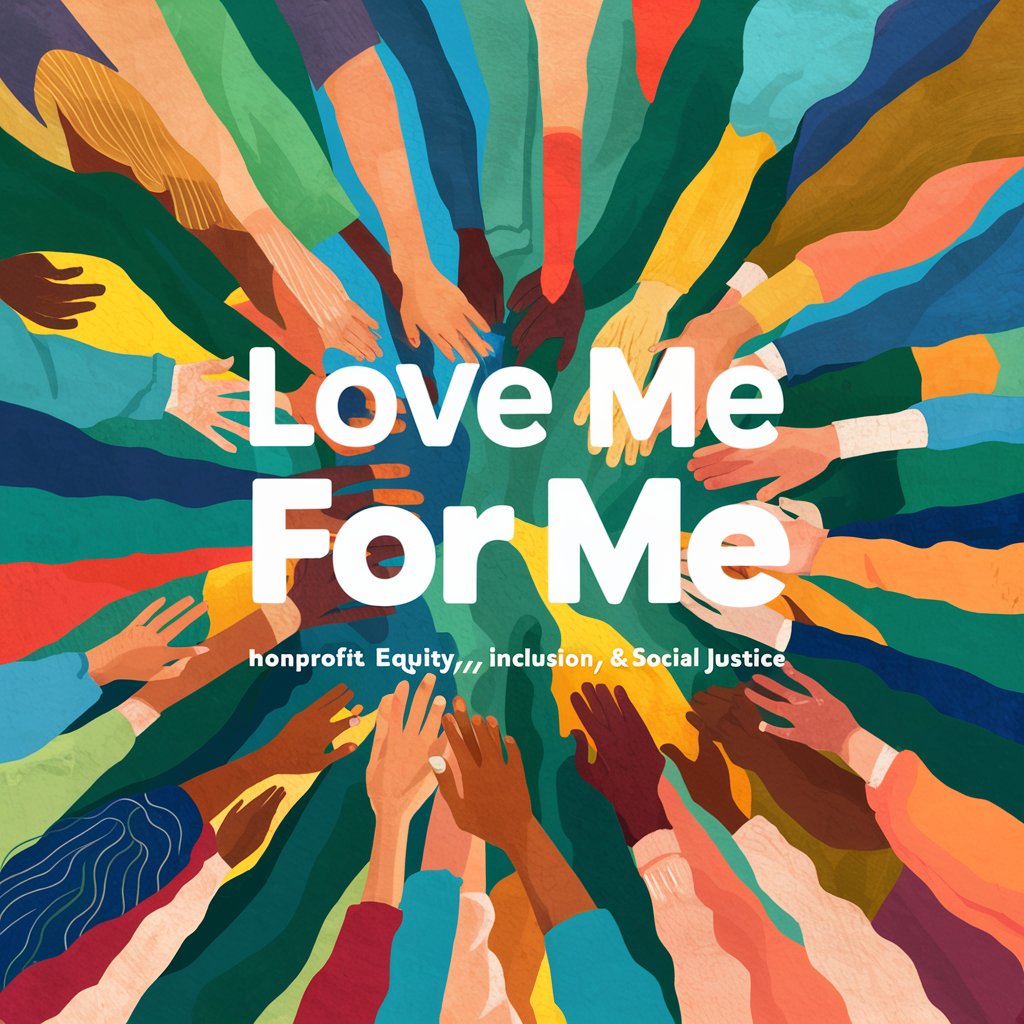
Help me, Help me !
Empowering ADHD creativity and productivity with AI

Debate Me
Sharpen Your Arguments with AI

Help Me Help Me
AI-powered tool for mindful internet use
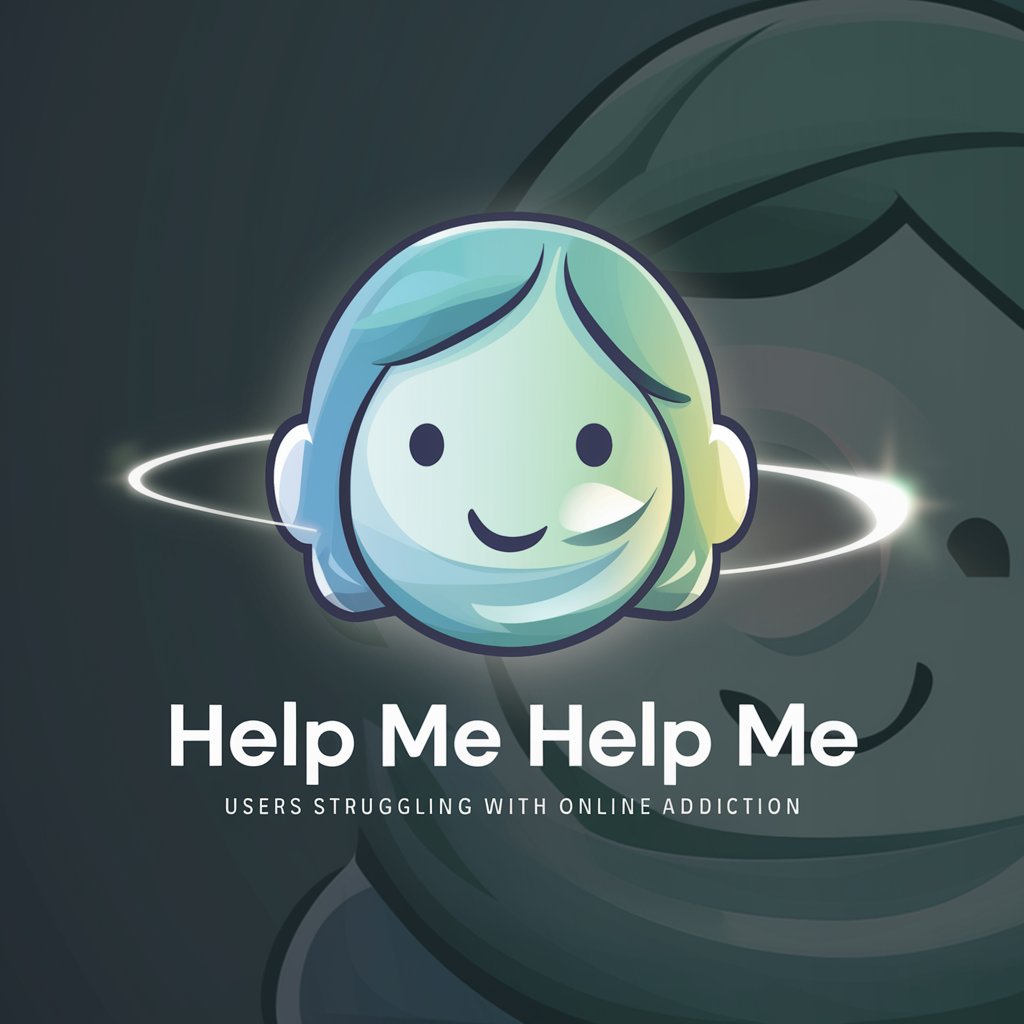
Quiz Me
Engage, Learn, and Test with AI
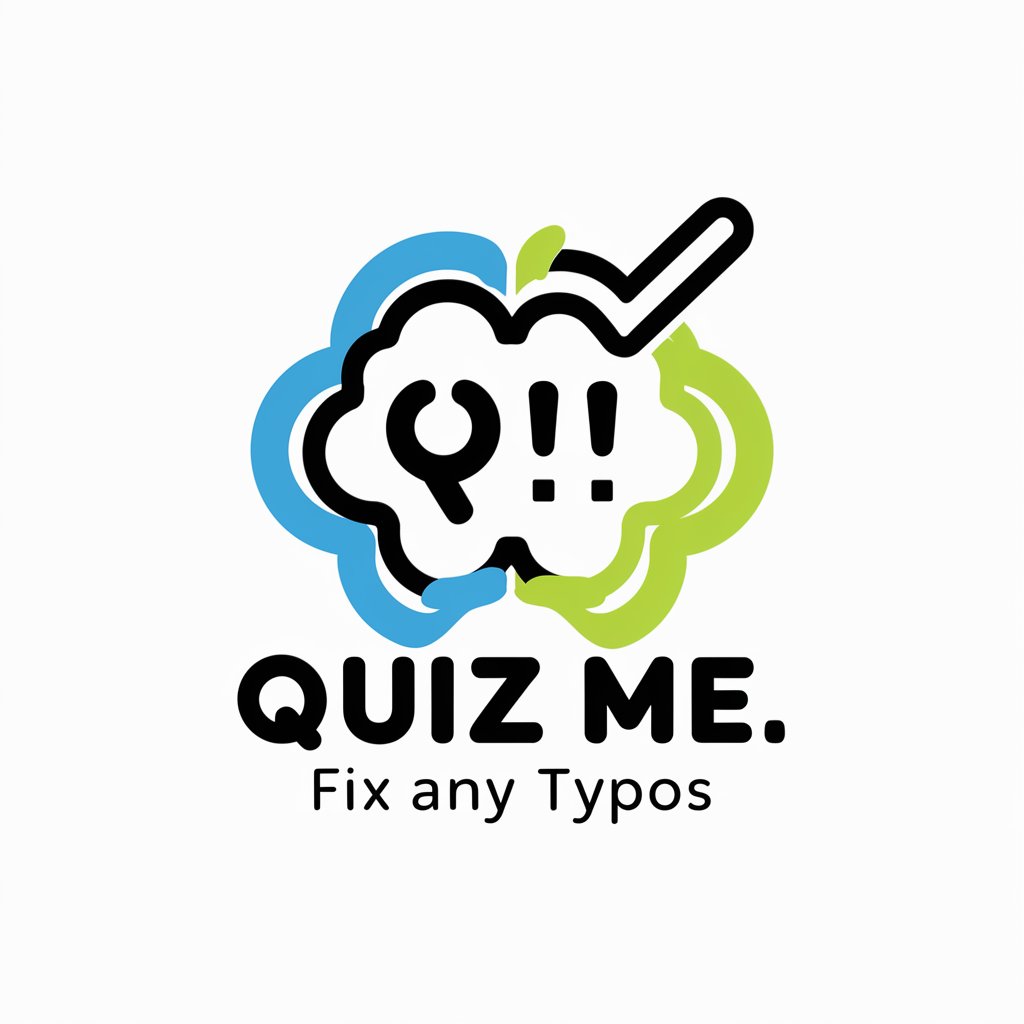
Webify Me
Turn Resumes into Professional Websites, Effortlessly
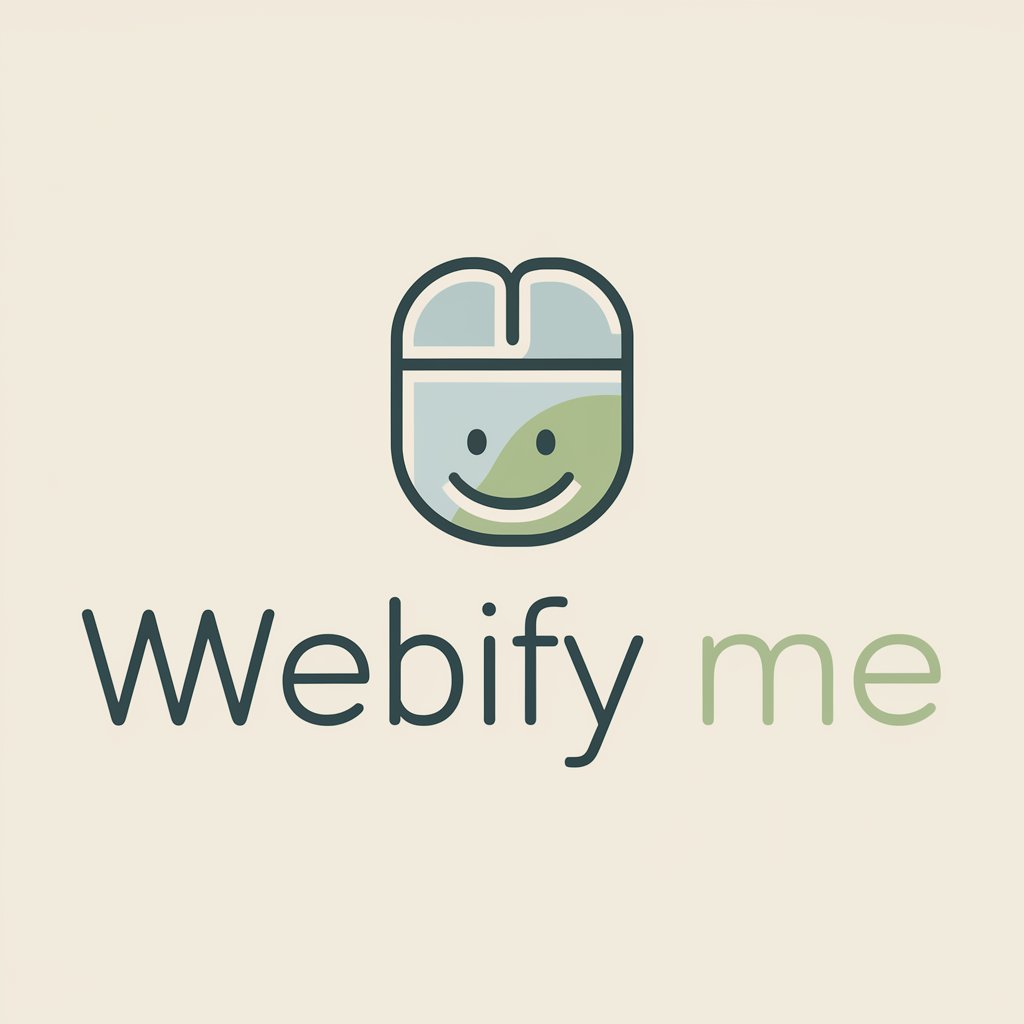
Escape Guide
Explore More with AI-powered Guidance
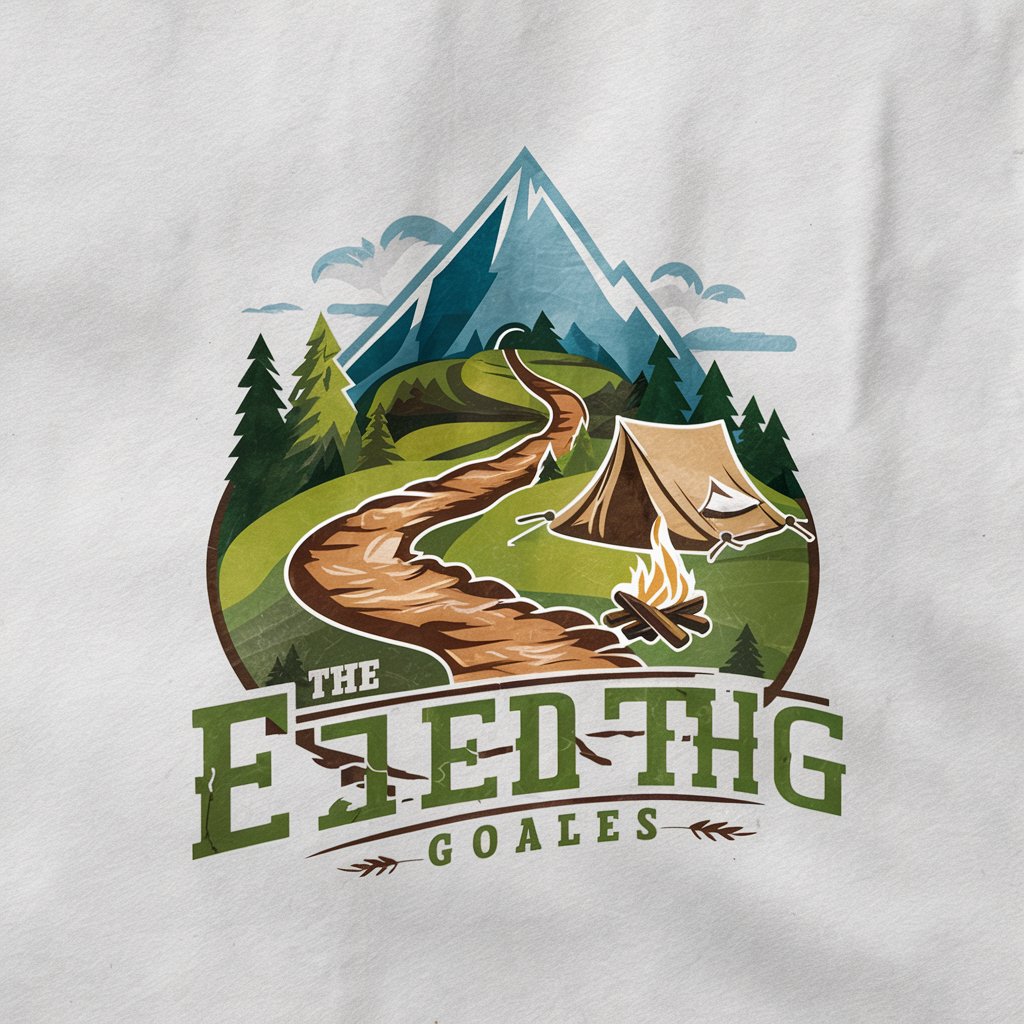
Escape Master
Power your mind with AI-driven puzzles

Escape Advisor
Explore, Plan, Experience – AI-Powered Travel

Escape
Crafting fictional escapes with AI power

Prison Escape
Unlock mysteries with AI-powered escapades.

Reality Escape
Enhance Your Fantasy: AI-Powered Role-Playing
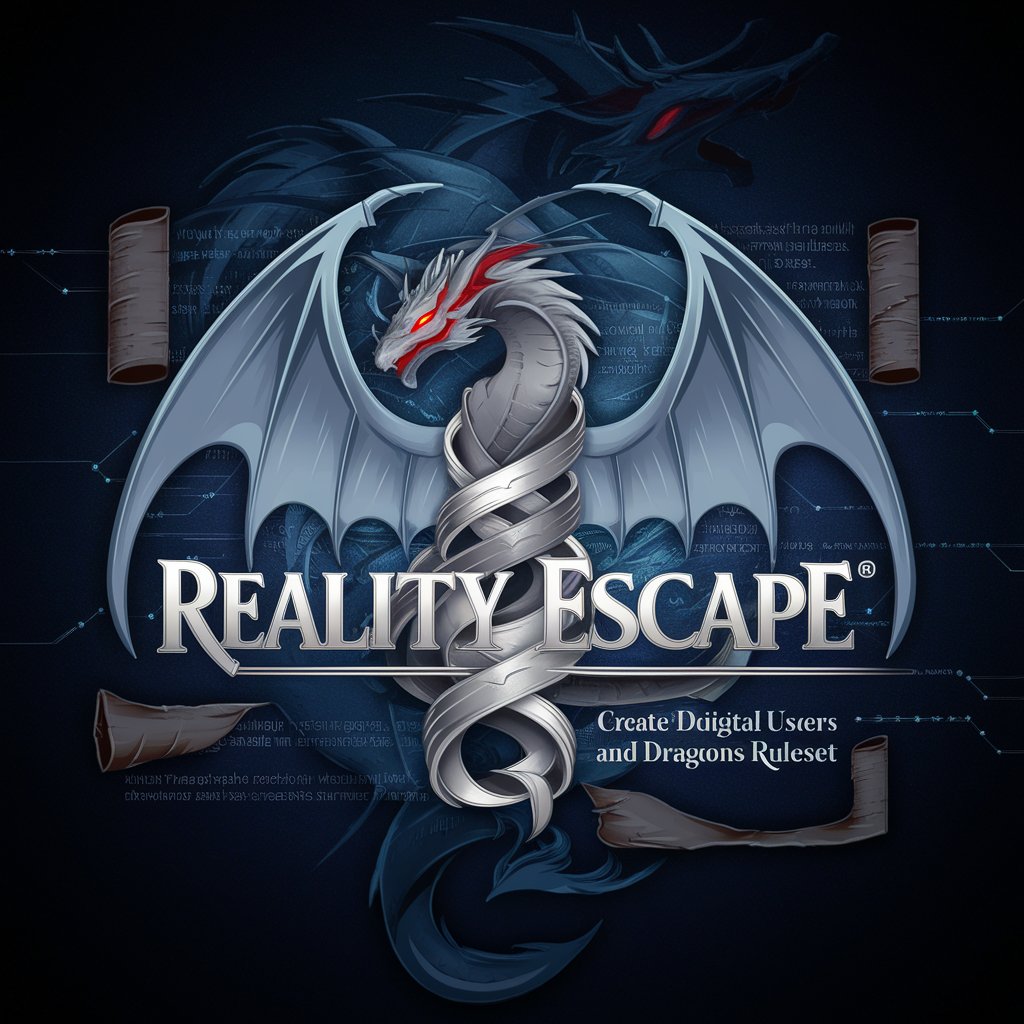
Wild Me Q&A
What is Wild Me?
Wild Me is a non-profit organization that utilizes AI and machine learning to aid in wildlife conservation efforts. By analyzing photographs and videos submitted by researchers and citizen scientists, Wild Me's technology, including the Wildbook platform, identifies individual animals and tracks their populations, aiding in the study and preservation of species across the globe.
How does Wild Me's AI technology work?
Wild Me's AI technology employs algorithms to analyze patterns, spots, stripes, and other unique identifiers in wildlife photography. This allows for the identification of individual animals, tracking their movements, relationships, and health over time, providing invaluable data for conservationists.
Can anyone contribute to Wild Me?
Yes, Wild Me encourages contributions from both professional researchers and citizen scientists. By uploading photographs or videos of wildlife to the Wildbook platform, anyone can aid in the collection of data crucial for conservation efforts.
How does Wild Me impact wildlife conservation?
Wild Me significantly impacts wildlife conservation by providing detailed, AI-powered insights into animal populations, migration patterns, and health. This data supports conservation strategies, policy-making, and public awareness, directly contributing to the preservation of species and habitats.
What makes Wild Me unique from other conservation efforts?
Wild Me stands out through its innovative use of AI and machine learning technologies in conservation. By leveraging citizen science, it creates a collaborative, global platform for data collection and research, making wildlife conservation more accessible and data-driven than ever before.
